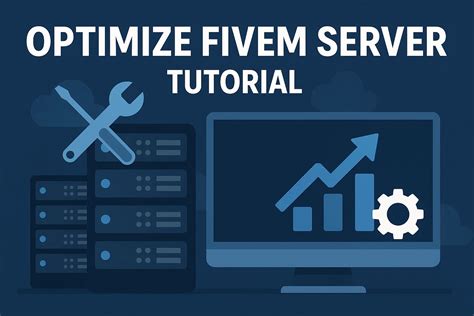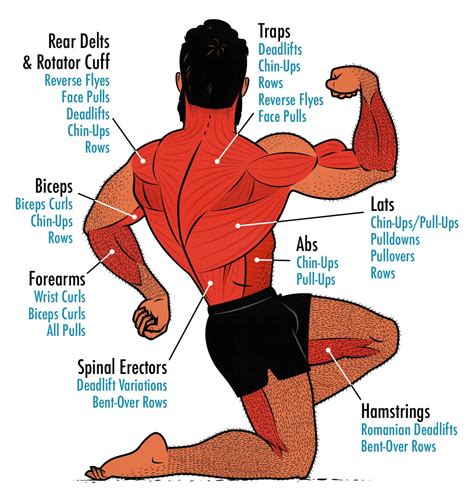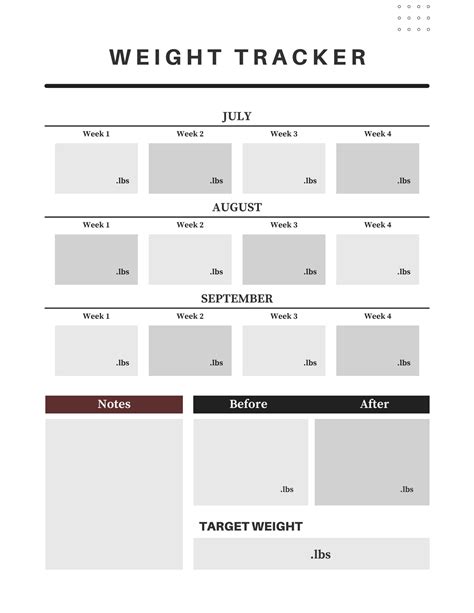Optimize training volume for maximum hypertrophy without burnout?

The quest for muscle hypertrophy often leads lifters to believe more is always better. While training volume is undeniably crucial for stimulating muscle growth, an excessive amount can quickly lead to overtraining, stalled progress, and ultimately, burnout. The challenge lies in finding that “sweet spot” – enough stimulus to maximize gains without exceeding your body’s recovery capacity. This article delves into how to optimize your training volume, ensuring consistent muscle growth while maintaining long-term sustainability and enjoyment in your fitness journey.

Understanding Training Volume and Its Impact on Hypertrophy
Training volume is typically quantified as the total amount of work performed, commonly calculated as sets multiplied by repetitions multiplied by weight lifted. For muscle hypertrophy, a specific level of mechanical tension, muscle damage, and metabolic stress is required to trigger the adaptive responses that lead to growth. Too little volume fails to provide sufficient stimulus, while too much can overwhelm your body’s ability to repair and rebuild, leading to diminishing returns or even regression.
Research consistently shows a dose-response relationship between training volume and muscle growth, up to a certain threshold. Beyond this point, additional volume offers no further benefit and can even become detrimental. Identifying this individual threshold is key to an effective and sustainable training program.
Finding Your Hypertrophy Sweet Spot: MEV, MAV, and MRV
To navigate training volume effectively, it’s helpful to understand three key concepts:
- Minimum Effective Volume (MEV): This is the least amount of training a muscle group needs to grow. Anything below this will likely result in stagnation or even muscle loss.
- Maximum Adaptive Volume (MAV): This represents the ideal range where you make the most significant progress. It’s the sweet spot where you’re providing optimal stimulus for growth.
- Maximum Recoverable Volume (MRV): This is the absolute maximum amount of training your body can recover from before performance declines and symptoms of overtraining appear. Training above your MRV is a direct path to burnout.
The objective is to consistently train within your MAV, gradually pushing it higher over time through progressive overload, without ever exceeding your MRV. This requires careful monitoring and adjustment based on your body’s feedback.

Key Factors Influencing Optimal Training Volume
Your ideal training volume isn’t static; it’s dynamic and influenced by several variables:
- Training Experience: Beginners typically require less volume to grow compared to advanced lifters, as their muscles are highly sensitive to new stimuli.
- Intensity and Proximity to Failure: Training closer to muscular failure generally allows for lower total set volume to achieve similar hypertrophy outcomes.
- Training Frequency: Spreading your total weekly volume for a muscle group across multiple sessions (e.g., training a muscle twice or thrice a week) can allow for higher overall volume, as each session is less taxing on recovery.
- Recovery Capacity: Factors like sleep quality and duration, nutrition (especially protein and caloric intake), hydration, and overall life stress significantly impact your ability to recover from training volume.
- Individual Differences: Genetics, age, lifestyle, and even hormonal profiles play a substantial role in determining how much training volume an individual can tolerate and recover from.

Practical Strategies for Optimizing Volume and Preventing Burnout
Implementing a strategic approach to volume is crucial for long-term progress:
- Start Conservatively and Progress Gradually: Begin with a moderate volume (e.g., 10-12 hard sets per muscle group per week) and only increase it when you stop making progress. This allows you to find your MEV and slowly work towards your MAV.
- Listen to Your Body’s Signals: Pay close attention to persistent fatigue, joint pain, nagging aches, decreased motivation, poor sleep quality, and strength plateaus. These are often clear indicators that your volume is too high or your recovery is insufficient.
- Implement Regular Deloads: Periodically reduce your training volume (e.g., by 30-50%) and/or intensity for a week every 4-6 weeks. Deloads allow for full recovery, repair of minor injuries, and resensitize your muscles to training stimulus, preventing chronic fatigue and burnout.
- Prioritize Recovery Outside the Gym: Ensure you’re getting 7-9 hours of quality sleep nightly. Consume a nutrient-dense diet with adequate protein (1.6-2.2g/kg body weight) and sufficient calories to support muscle growth and recovery. Manage life stress effectively.
- Track Your Progress: Keep a training log to monitor sets, reps, and weight. This objective data helps you determine if your current volume is effective and when adjustments are needed.

Conclusion: The Art of Sustainable Hypertrophy
Optimizing training volume for maximum hypertrophy without burnout is an ongoing process of self-experimentation and adjustment. It requires an understanding of your unique physiology, a willingness to adapt your program based on feedback, and a commitment to balancing intense effort with adequate recovery. By strategically managing your training volume – starting smart, progressing intelligently, and prioritizing recovery – you can unlock consistent muscle growth, avoid the pitfalls of overtraining, and ensure a sustainable, rewarding, and injury-free fitness journey for years to come.








